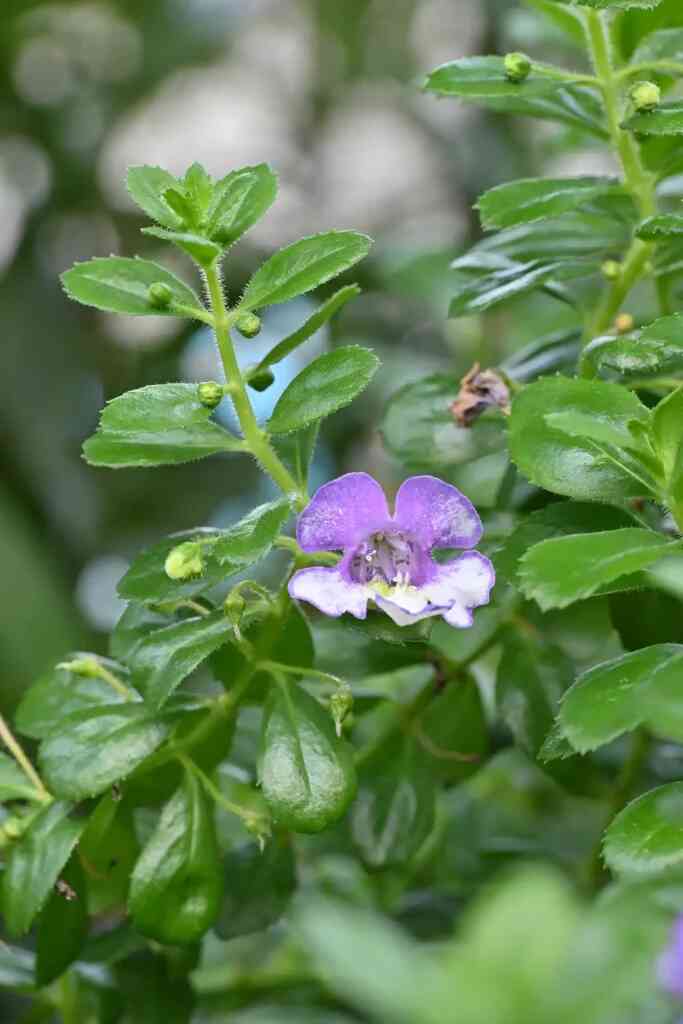Winter Gardening: Nurturing Your Garden in the Chilly Season
Embracing the Winter’s Charm: A Guide to Cold-Weather Gardening
As the days grow shorter and the temperatures drop, many gardeners bid farewell to their beloved plants, believing that winter spells the end of their gardening endeavors. But what if we told you that winter can be a season of bountiful harvests and flourishing greenery? Welcome to the world of winter gardening, where you’ll discover the joy of cultivating vegetables and herbs that thrive in the chilly embrace of winter.
Unveiling the Benefits of Winter Gardening
While traditional gardening may seem to hibernate during winter, there are numerous advantages to embracing winter gardening:
- Fewer Pests and Diseases: Winter’s cold temperatures keep many pests and diseases at bay, reducing the need for chemical treatments and ensuring healthier crops.
- Enhanced Flavor: Cold weather concentrates the flavors of vegetables and herbs, resulting in a burst of deliciousness with every bite.
- Extended Harvest: By choosing the right varieties, you can extend your harvest season well into the winter months, providing fresh produce when it’s scarce.
- Conservation of Resources: Winter gardening requires less water and fertilizer, making it an eco-friendly and resource-conscious endeavor.
Selecting Crops for Winter’s Embrace
Not all plants are created equal when it comes to winter gardening. Here are some cold-hardy vegetables and herbs that will thrive in the chilly conditions:
- Vegetables: Kale, spinach, carrots, beets, turnips, radishes, broccoli, cauliflower, Brussels sprouts, and Swiss chard.
- Herbs: Rosemary, thyme, oregano, sage, chives, parsley, cilantro, and mint.
Preparing Your Garden for Winter’s Arrival
Before winter’s icy grip descends, take these steps to prepare your garden for the cold months:
- Clear and Clean: Remove all spent plants, weeds, and debris from your garden beds. This will help prevent pests and diseases from overwintering.
- Amend the Soil: Add compost or well-rotted manure to enrich the soil and improve its structure. This will provide essential nutrients for your winter crops.
- Mulch: Apply a layer of mulch, such as straw, hay, or shredded leaves, around your plants. Mulch helps retain moisture, suppress weeds, and protect roots from the cold.
Nurturing Your Winter Garden
Once winter arrives, here’s how to care for your cold-weather crops:
- Water Wisely: Water your plants deeply but infrequently, allowing the soil to dry out slightly between waterings. Overwatering can lead to root rot.
- Protect from Frost: If temperatures are expected to drop below freezing, cover your plants with row covers, blankets, or cloches to protect them from frost damage.
- Fertilize Sparingly: Winter crops generally don’t require much fertilizer. If you do fertilize, use a balanced fertilizer diluted to half strength.
- Harvest Regularly: Harvest your crops as soon as they’re mature. This will encourage new growth and prevent overcrowding.
Reaping the Rewards of Your Winter Garden
With proper care and attention, your winter garden will reward you with a bounty of fresh, flavorful produce throughout the cold months. Enjoy the satisfaction of harvesting your own vegetables and herbs, knowing that you’ve successfully defied the winter’s chill and brought life to your garden.
So, embrace the magic of winter gardening and transform your garden into a haven of resilience and productivity. Let the cold months be a time of discovery, experimentation, and the joy of nurturing life in the face of winter’s icy embrace.
Remember, winter gardening is not just about growing plants; it’s about embracing the beauty of the season and finding joy in the simple act of nurturing life in the midst of winter’s chill. Happy gardening!
